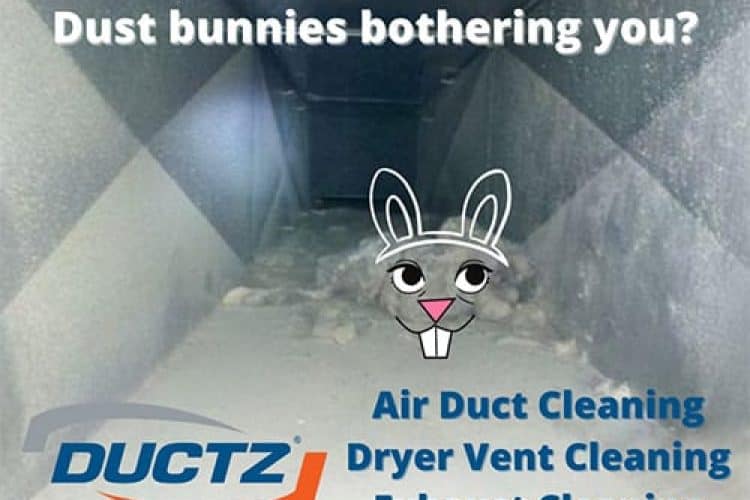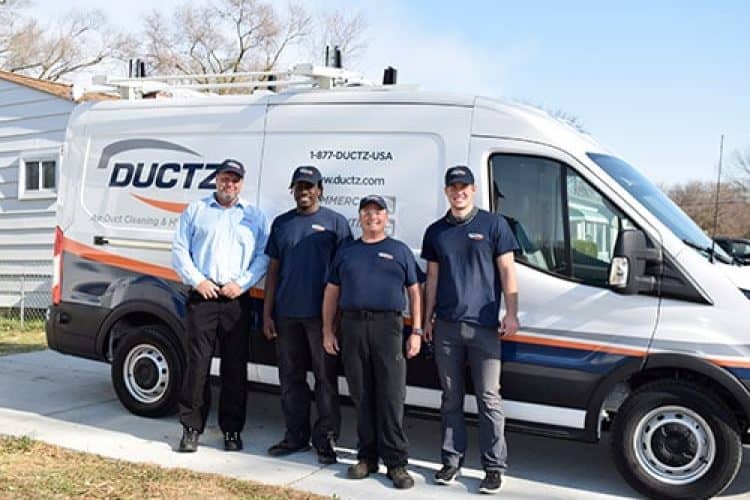-
BUT WHAT DO THEY ALL MEAN?
Every workplace uses acronyms within the industry and internally, but Heating and Cooling acronyms have become commonplace. As we have conversations about maintenance and procedures, let’s all get on the same page with the most commonly used acronyms in the HVAC (Heating, Ventilation, Air Conditioning) world.
HVAC: Heating, Ventilation and Air Conditioning
If your home is above ground, you probably have an HVAC system of some kind. HVAC system components create and deliver conditioned air to the occupied space of your home or office and might include a furnace, boiler, heat pump, condensing unit, humidifier, filtration and ductwork. Maintaining this equipment is very important and proper maintenance and cleaning not only relieves the system of working too hard but also prevents expensive repairs in the Future.
A/C: Air Conditioning
Whether you have a window air conditioner, a wall unit, heat pump or a condensing unit that ties to your furnace, air conditioners typically utilize refrigerant and coil systems to cool your home or office.
IAQ: Indoor Air Quality
Indoor Air Quality refers to the quality of the air within the occupied space of a building. Indoor pollutants can be 2 to 5 times more concentrated than outdoor air, with impacts of environment, people within the building, lack of maintenance to the HVAC system (see what we did there?), VOC’s (volatile organic compounds – we did it again) and potential microbial impacts. (P.S. VOC’s are off-gasses given off by fuel, consumer goods and solvents).
AHU: Air Handler Unit
The air handler is the main unit that creates the conditioned (hot or cold) air, depending on the season and the setting at the thermostat. Air handlers condition the air and then blow the air through the space. Air handlers include furnaces, heat pumps, condensing units, swamp cooler and roof top units (RTU).
BTU: British Thermal Units
A BTU is a standard unit of measure that equals the amount of heat required to raise or lower the temperature of one pound of water one degree Fahrenheit. This could be considered the heat power of your appliance.
AFUE: Average Fuel Utilization Efficiency
An acronym that becomes especially important when purchasing a new furnace, AFUE refers to the efficiency of a furnace, heat pump or boiler uses while converting fuel to energy. The higher your AFUE, the more efficient the AHU (remember?) and the more money you will save. If you are comparing two furnaces, one with AFUE rating of 80% and one with AFUE rating of 96%. The furnace with the AFUE rating of 96% will burn far less gas and will save you money on your gas bills (but will be considerably more expensive to install than the 80% AFUE rated furnace).
SEER: Seasonal Energy Efficiency Rating
On the flip side of AFUE, SEER measures the efficiency of a cooling system or air conditioner. SEER rating is determined by the Air Conditioning, Heating, and Refrigeration Institute for each model by diving the cooling output by the total electric energy output. Just as it is with the AFUE, the higher the rating, the more efficient the AHU and the more money you will save on energy bills!
SIDE NOTE: EER: Energy Efficiency Ratio is the old way of measuring SEER in case you see that on an older unit or in a mechanical print.
MERV: Minimum Efficiency Reporting Value
This unit of measure is typically used when referring to filtration. The higher the MERV rating, the more efficient (and expensive) the filter will be. As with all filtration, always follow the recommendation of the maker of the AHU or air cleaner. Purchasing a filter that is too efficient could have reverse consequences and block the air flow, leading to eventual costly repairs.
EAC: Electronic Air Cleaner
Electronic air cleaners were all the rage in the 1990’s and early 2000’s. These 2-stage filter systems were very efficient at trapping large particles like dust and then electronically charging smaller particles like mold and bacteria before they were cycled through the ductwork and into the occupied space.
NADCA: National Air Duct Cleaners Association
This national member group strives to bring awareness to the air duct cleaning industry, engaging members and educating the public on the only acceptable method of cleaning and to establish industry standards for the association. NADCA’s mission has expanded to include qualified companies engaged in the inspection, cleaning and restoration of HVAC systems. NADCA supports members’ successes with standards, education, certification, marketing and advocacy to promote ethics and the highest quality services. The goal of the association is for its members to be the number one resource for consumers and other entities seeking air duct cleaning and HVAC inspection, cleaning and restoration.
DUCTZ is an international franchise system adhering to the highest industry standards to ensure that our customers benefit from the best Air Duct Cleaning, Coil Cleaning, Dryer Vent Cleaning and Exhaust Cleaning in the industry.
THE DUCTZ DIFFERENCE
- We never use ‘too good to be true’ coupons
- DUCTZ adheres to strict standards put forth by the EPA, NADCA and ASHRAE
- DUCTZ provides a Picture Perfect Report on each job, a compilation of before and after photos of each project for the homeowner, landlord, project manager or business CEO.
-
Request A Quote Or Service Today
This website uses cookies
We inform you that this site uses own, technical and third parties cookies to make sure our web page is user-friendly and to guarantee a high functionality of the webpage. By continuing to browse this website, you declare to accept the use of cookies.



